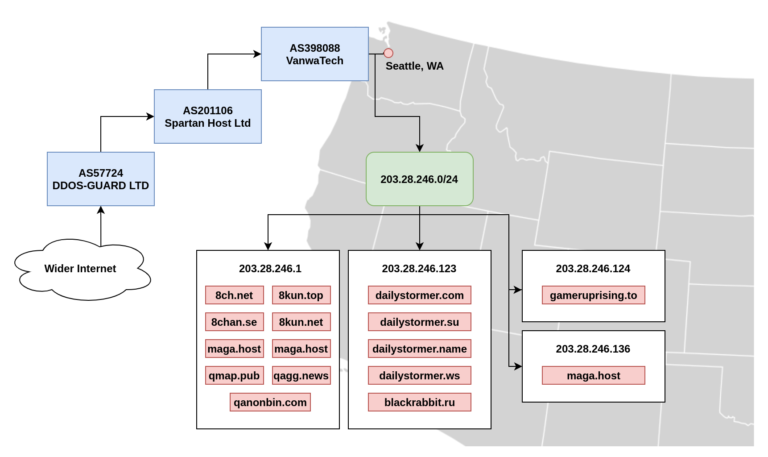Do you occasionally share your Linux desktop machine with family members, friends, or perhaps with colleagues at your workplace, then you have a reason to hide certain private files as well as folders or directories. The question is how can you hide files in linux?
In this tutorial, we will explain an easy and effective way to hide files and directories and view hidden files/directories in Linux from the terminal and GUI.
As we’ll see below, hiding files and directories in Linux is so simple.
How to Hide Files in Linux
To hide a file or directory from the terminal, simply append a dot . at the start of its name as follows using the mv command.
$ ls $ mv sync.ffs_db .sync.ffs_db $ ls

Using the GUI method, the same idea applies here, just rename the file by adding a . at the start of its name as shown below.

Once you have renamed it, the file will still be seen, move out of the directory and open it again, it will be hidden thereafter.
How to Hide Directories/Folders in Linux
To hide a directory or folder, you can use the same mv command and append the . at the start of the directory name (here directory name is my_imp_dir) as shown.
$ mv my_imp_dir .my_imp_dir $ ls -l

To unhide a directory, remove the . at the beginning of the directory name with the mv command as shown.
$ mv .my_imp_dir my_imp_dir $ ls -l

How to View Hidden Files and Directories in Linux
To view hidden files, run the ls command with the -a flag which enables viewing of all files in a directory or -al flag for a long listing of files.
$ ls -a OR $ ls -al


From a GUI file manager, go to View and check the option Show Hidden Files to view hidden files or directories.

How to Compress Files and Directories with Password in Linux
In order to add a little security to your hidden files and directories, you can compress them with a password and then hide them from a GUI file manager as follows.
Select the file or directory and right-click on it, then choose Compress or Create Archive from the menu list, set the zip compression preferences, and click on “Other options” to get the password option as shown in the screenshot below.
Once you have set the password, click on Create.

From now on, each time anyone wants to open the file, they’ll be asked to provide the password created above.

You can also compress and password-protect files and directories using the zip command.
$ zip -re my_imp_files.zip files1.txt files2.txt files3.txt $ zip -re my_imp_dir.zip my_imp_dir

[ You might also like: Tools to Encrypt/Decrypt and Password Protect Files in Linux ]
That’s it for now! In this tutorial, we described how to easily and effectively hide files and directories and view hidden files/directories in Linux from the terminal and GUI file manager. Make use of the feedback form below to share any thoughts with us.





